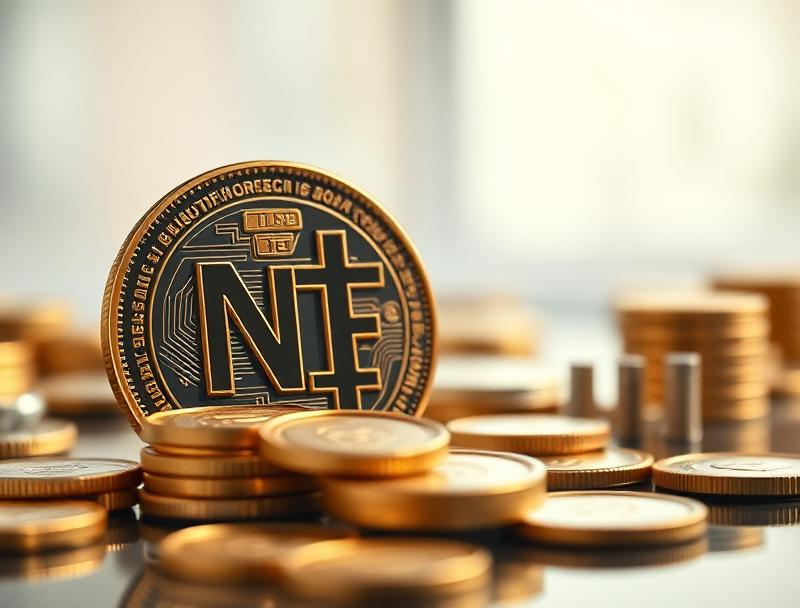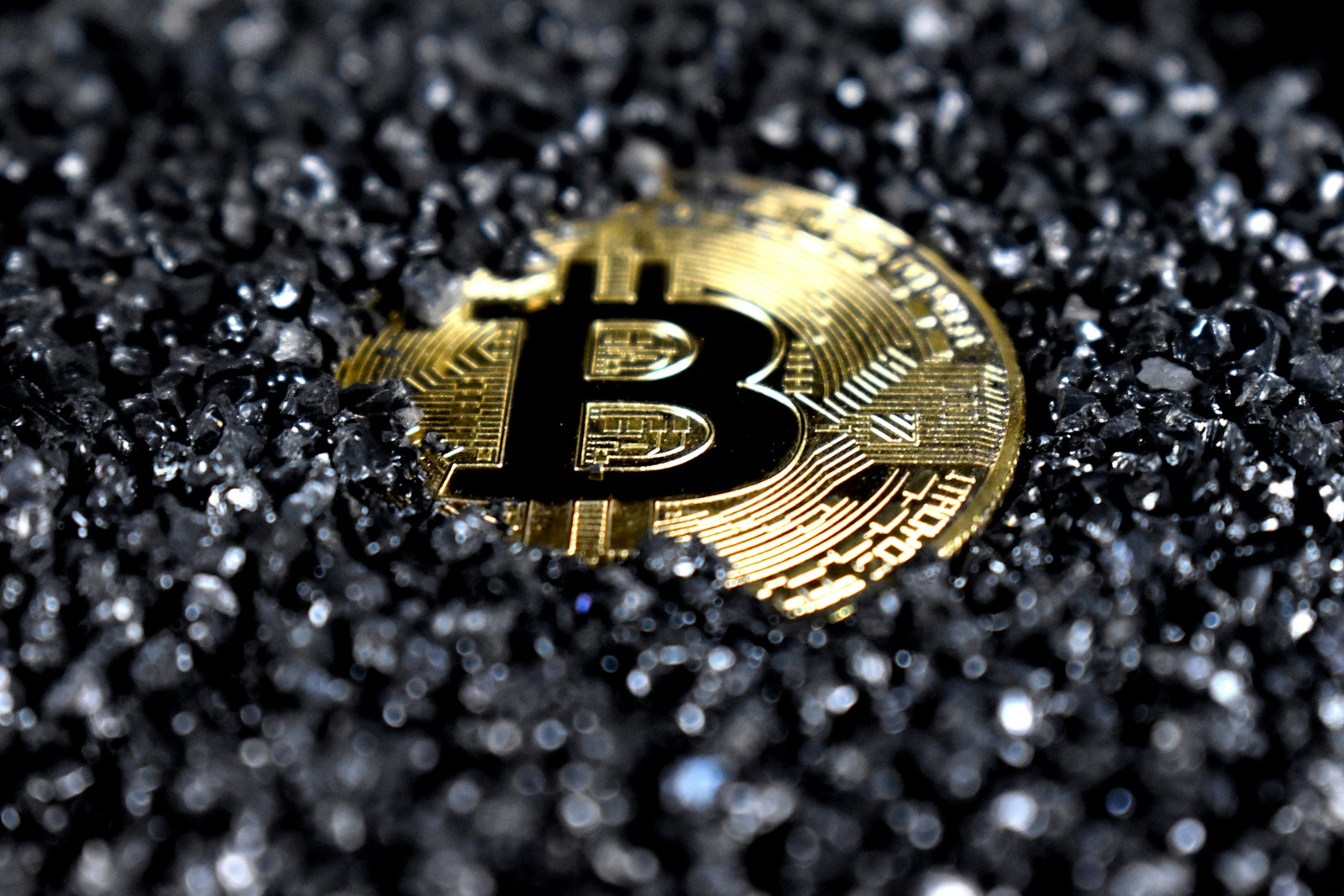
Non-fungible tokens (NFTs) represent unique units of data stored on a blockchain, providing irrefutable proof of ownership and provenance for assets that cannot be exchanged one-to-one like cryptocurrencies. Unlike fungible tokens such as Bitcoin or Ethereum, each non-fungible token carries distinct metadata that defines its individuality–this can include the creator’s signature, creation date, or detailed attributes linked to an asset. This uniqueness transforms them from mere collectibles into instruments of verified scarcity.
While many associate these tokens primarily with art, their scope extends far beyond static images. NFTs embed utility by granting holders exclusive access to events, unlockable content, or governance rights within decentralized platforms. For instance, several projects integrate NFTs as membership keys that enable participation in decision-making processes or provide tangible benefits in virtual environments. These functionalities challenge the misconception that such assets are only expensive digital artworks.
Ownership recorded on public ledgers ensures transparency and reduces fraud risks prevalent in traditional markets. The metadata embedded within each token acts as an unalterable certificate tied directly to its owner’s wallet address. This level of traceability has attracted industries ranging from gaming to real estate exploring tokenization strategies for digital and physical goods alike. Could this be the future standard for proving authenticity?
Current market data reveals fluctuating valuations but growing interest in NFTs tied to real-world applications rather than speculative trading alone. Platforms experimenting with fractional ownership demonstrate how collective investment can lower entry barriers while maintaining verifiable stakes through smart contracts. As blockchain protocols evolve, so does the potential for these tokens to redefine how value and ownership are managed across various sectors.
Tokens beyond art: Unlocking unique non-fungible assets
Non-fungible tokens (NFTs) represent a class of cryptographic tokens that are unique and indivisible, unlike cryptocurrencies such as Bitcoin or Ethereum which are fungible and interchangeable. Each token contains distinct metadata that verifies its authenticity and ownership on the blockchain, making it impossible to replicate or exchange on a one-to-one basis. This uniqueness enables applications far beyond collectible artwork, extending into domains like virtual real estate, gaming assets, intellectual property rights, and digital identity management.
The concept of utility in these tokens is gaining traction among developers and enterprises. For instance, certain platforms embed programmable functions within NFTs that grant holders access to exclusive services, membership perks, or voting rights in decentralized governance systems. This shift from pure digital collectibles towards functional assets underlines a broader evolution where these tokens serve as verifiable certificates with embedded logic rather than mere visual items.
Technical structure and metadata significance
At the core of each non-fungible asset lies metadata stored either on-chain or via decentralized storage solutions like IPFS. This metadata typically includes descriptive details such as name, creator information, provenance history, and linked content references–ensuring transparency and traceability throughout the token’s lifecycle. Ethereum’s ERC-721 standard remains the most widespread protocol for implementing these tokens; it defines essential functions for tracking ownership and transferring unique identifiers securely across users.
Beyond ERC-721, newer standards like ERC-1155 allow batch transfers of multiple token types including both fungible and non-fungible assets simultaneously. Such innovations optimize transaction efficiency and reduce network fees, especially important given current congestion levels on major blockchains. Real-world examples include Ubisoft’s use of ERC-1155 tokens for in-game items distribution or NBA Top Shot’s licensed collectible moments structured with embedded metadata to verify authenticity.
Market dynamics also reflect growing diversification in use cases. While high-profile sales often focus on artistic creations commanding millions in secondary markets, many projects emphasize practical functionality–such as ticketing solutions preventing fraud through tokenized passes or supply chain tracking leveraging immutable records attached to physical goods represented by unique tokens. These implementations illustrate how utility-driven demand increasingly shapes development priorities.
Evaluating recent data from blockchain analytics firms reveals that approximately 40% of newly minted non-fungible contracts incorporate some form of added utility beyond mere ownership proofs. Moreover, interoperability efforts aim to enable seamless cross-platform usage of these tokens without sacrificing security guarantees inherent in smart contract enforcement. As ecosystems mature and standards evolve further, expect more sophisticated mechanisms linking off-chain resources with verifiable on-chain credentials embedded directly within these singular cryptographic assets.
How NFTs Prove Ownership
Ownership verification in the realm of non-fungible tokens relies primarily on blockchain technology, where each token carries a unique identifier and metadata that distinguishes it from any other. This immutability ensures that once an asset is minted, its provenance is securely recorded and publicly accessible, eliminating ambiguity about the rightful holder. Unlike fungible tokens such as cryptocurrencies, these assets represent singular items with distinct properties, making their ownership traceable through transparent ledger entries.
The metadata embedded within each token plays a critical role by linking the token to specific attributes–whether it’s art, music, or utility rights–that define its uniqueness. This data is often stored off-chain but cryptographically referenced on-chain via hashes or URIs, allowing verification without inflating blockchain size. For example, in cases like CryptoPunks or Bored Ape Yacht Club collections, metadata contains traits and visual elements that collectively create a verifiable fingerprint for each collectible.
Technical Foundations of Ownership Proof
The decentralized ledger records transactions involving these exclusive tokens sequentially, creating an immutable chain of custody. Each transfer updates the ledger state to reflect new ownership while preserving historical data for auditability. Smart contracts enforce these rules automatically; they verify authenticity before approving transfers and prevent double-spending scenarios common in digital assets. Ethereum’s ERC-721 standard exemplifies this mechanism by assigning unique IDs to every token instance.
A practical illustration comes from real estate tokenization projects where property deeds are converted into non-fungible representations on blockchains like Tezos or Flow. Here, ownership shifts mirror legal title transfers but occur faster and with fewer intermediaries due to programmable contract logic embedded within tokens. Such implementations underscore how provenance transparency reduces fraud risks traditionally associated with paper records.
Beyond collectible art and real estate, tokens can embed utility functions granting holders privileges such as access rights or governance participation within decentralized ecosystems. This dual nature–combining uniqueness with functional benefits–strengthens claims over intangible assets by coupling proof of ownership with actionable entitlements coded in smart contracts.
Market dynamics also influence ownership verification mechanisms as recent developments show increasing adoption of cross-chain bridges enabling token interoperability between networks like Solana and Polygon. These solutions maintain consistent metadata integrity while facilitating asset movement without compromising security guarantees tied to original chains’ consensus models. Consequently, owners gain flexibility without forfeiting verifiable control over their exclusive holdings.
Using Non-Fungible Tokens Outside Art
The concept of non-fungible tokens (NFTs) has expanded significantly beyond their initial association with art ownership, providing utility in various sectors that benefit from unique digital identifiers. For instance, in real estate, NFTs represent fractional ownership and streamline property transfers by embedding legal titles directly on blockchain networks. This process reduces paperwork and increases transparency while ensuring immutable proof of ownership. A notable case is Propy’s platform, which completed the first NFT-based real estate transaction in 2021, demonstrating how these tokens can facilitate secure and efficient asset management.
Beyond tangible assets, non-fungible tokens play a pivotal role in gaming and virtual environments where uniqueness and verifiable scarcity are paramount. Players can acquire exclusive in-game items or land parcels tied to NFTs, which can be traded or sold independently from the game’s operators. Decentraland exemplifies this approach by offering users complete control over their virtual real estate through tokenized ownership. Such applications enhance user engagement by introducing genuine asset value and transferability within decentralized ecosystems.
Utility of Unique Tokens Across Industries
Non-fungible tokens also serve as proof of authenticity for intellectual property rights and digital credentials. In education, institutions issue certificates as NFTs to prevent forgery and enable instant verification by employers or other entities. Similarly, fashion brands utilize these tokens to combat counterfeiting by linking physical products with unique blockchain entries that confirm provenance. The technology’s capacity to assign irreplaceable identifiers assures stakeholders of the authenticity and origin of goods or qualifications.
Financial services increasingly integrate NFTs as collateral or tradable assets within decentralized finance (DeFi) platforms, leveraging their unique properties for liquidity solutions. For example, NFTfi enables users to obtain loans using valuable tokens as security without relinquishing ownership outright. This creates new opportunities for monetizing illiquid assets while maintaining transparent records on-chain. As market demand grows alongside technological maturity, one can expect broader adoption across sectors seeking distinctive digital representation coupled with verifiable ownership mechanisms.
Conclusion: Navigating NFT Marketplaces and Tools
Prioritize platforms that offer robust metadata management and interoperability standards to ensure the authenticity and provenance of non-fungible tokens. Metadata serves not only as a descriptor but also as a vehicle for embedding additional utility, such as programmable features or dynamic content updates, which elevate tokens beyond static assets.
Marketplaces must evolve from simple galleries into comprehensive ecosystems integrating minting, trading, and layered functionality. For instance, Ethereum-based protocols like ERC-721 and ERC-1155 enable distinct token standards that influence both uniqueness and batch handling–critical for optimizing gas fees and enhancing user experience.
Technical Insights and Future Prospects
The intrinsic uniqueness of each token is guaranteed by on-chain data structures coupled with off-chain metadata references, often stored via IPFS or similar decentralized storage. This architecture directly impacts scalability and security trade-offs. Platforms incorporating cross-chain bridges demonstrate potential for expanding market liquidity by enabling asset portability across blockchains such as Polygon, Solana, or Flow.
Utility-driven NFTs are gaining traction in art sectors where interactive elements–like unlockable content or integrated royalties via smart contracts–are embedded directly within the token’s metadata. Projects like Art Blocks exemplify generative art leveraging algorithmically generated traits, highlighting how creative innovation intertwines with technical design.
- Metadata Standards: Ensuring consistency with schemas like OpenSea’s or Rarible’s improves discoverability and wallet compatibility.
- Programmable Features: Smart contracts enabling fractional ownership or time-bound access rights expand use cases beyond collectibles.
- Marketplace Analytics: Integration of on-chain analytics tools aids in transparent valuation based on transaction history and rarity scores.
The trajectory points toward hybrid models combining fungible utility tokens with unique digital objects to incentivize participation through staking or governance mechanisms. Such convergence blurs lines between pure collectibles and functional assets within decentralized finance (DeFi) frameworks.
Ultimately, choosing marketplaces and tooling that emphasize extensible metadata schemas alongside adaptable token standards will be decisive in harnessing long-term value creation. How these platforms handle evolving user demands–from enhanced security features to seamless cross-platform integration–will shape the next phase of adoption across artistic communities and broader digital ecosystems alike.








